BLOG
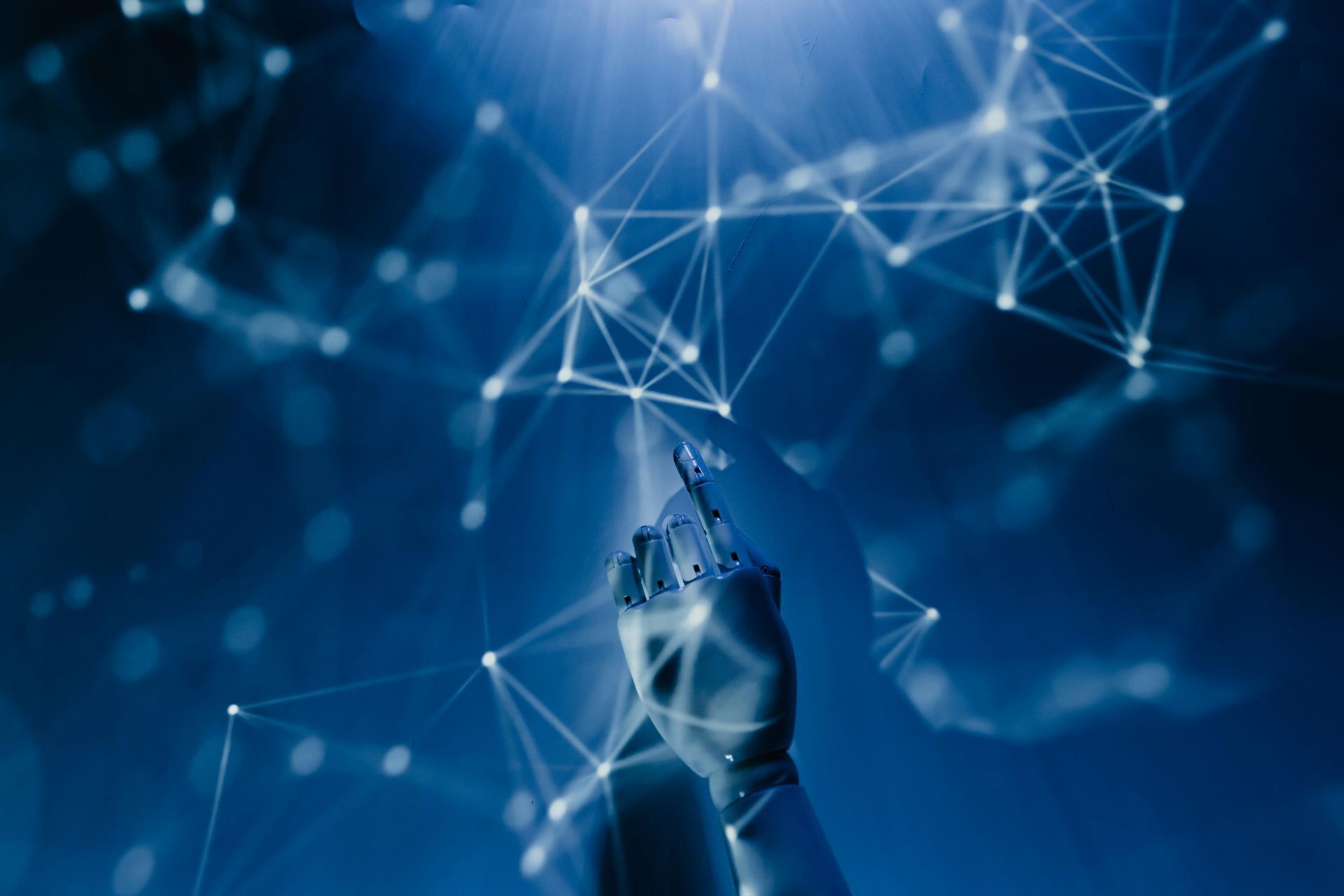
In today’s connected world, young people grow up in a digital society where learning, friendships, and entertainment all happen online. At GIS, we see this not only as a reality to manage, but as an opportunity to empower our learners. Digital citizenship education is about much more than keeping students safe, it is about equipping them to use technology ethically, confidently, and effectively so they can thrive in the digital age. Why Digital Citizenship Matters Every post, click, or share leaves a digital footprint. These footprints can shape a learner’s reputation, relationships, and even their future opportunities. At GIS, students are taught to manage their online presence responsibly and make ethical choices. Through ICT lessons and the use of integrated platforms such as Microsoft Teams, Stasy, MAP, and ADvLEARN , learners don’t just study the theory of online safety, they practise it every day. Each GIS student logs in with personalised accounts, develops strong digital ethics, and is discouraged from behaviours that could lead to cybercrime.
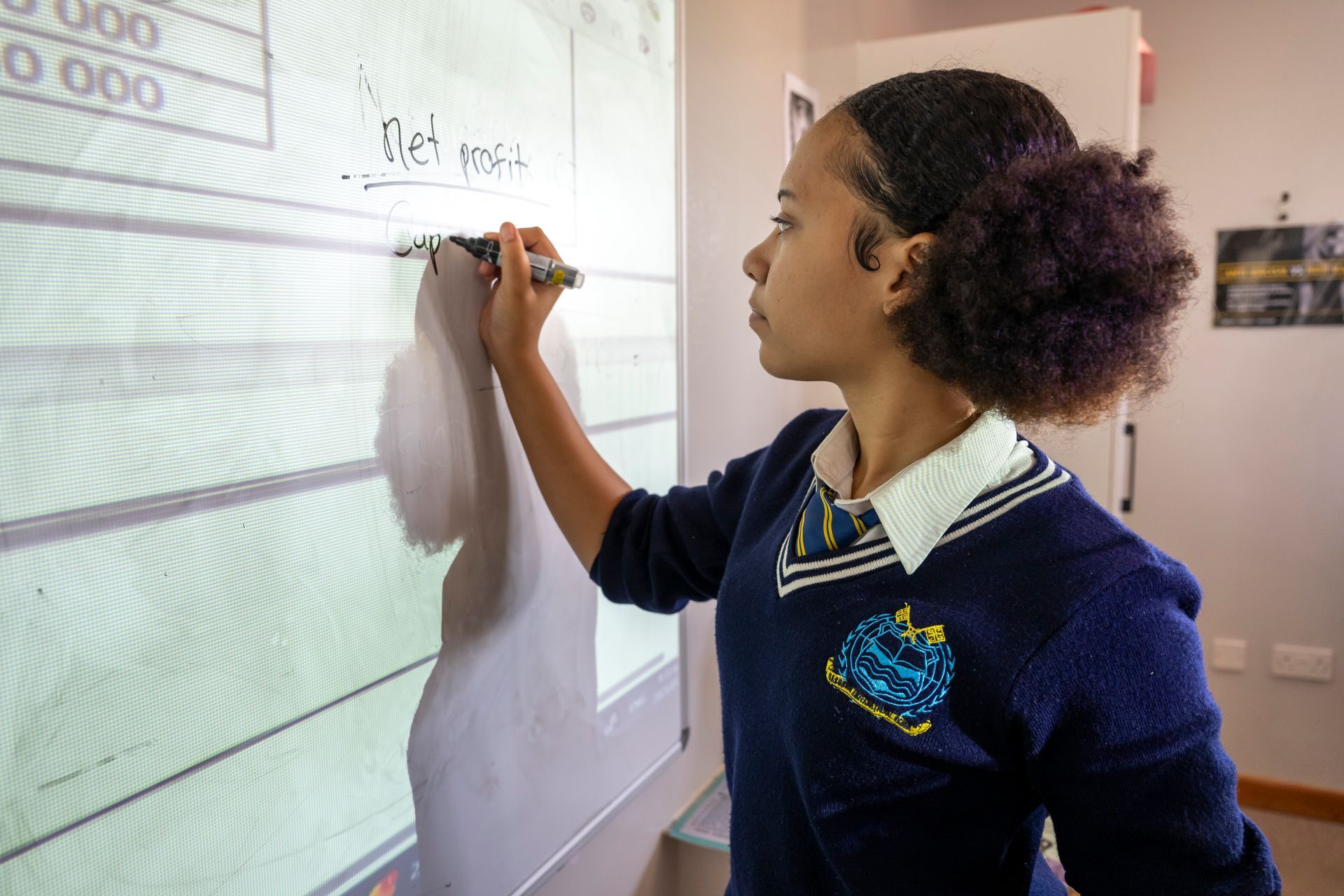
Selecting a school for your child is one of the most important decisions you’ll make as a parent. A good school nurtures not just academic growth, but also social, emotional, and moral development. A good school does not only allow parents to dream of possibilities for their children but also assist in making those dreams become realities! With so many options available, public and private, it’s essential to know what to look for in making this important decision. During your next visit to a prospective school for your precious child, put some consideration towards the following important aspects of a school: 1. A Strong Educational Foundation Check for a clear and balanced curriculum that emphasizes core subjects like reading, math, science, and the arts. Ask about teaching methods and how the school measures progress. Look for schools that promote critical thinking, problem-solving, and creativity. Reputable schools produce excellent results, annually. At GIS we use Guided Readers, a digital platform for Standard 1-3 which gauges the reading ability of individual students. We also use ADvLEARN in Standard 7, Form 1-4 which uses adaptive technology to give tailor-made mathematics exercises to meet students where they are at, building them up to where they should be and beyond! Our campus is equipped with seven ICT labs, five physics/chemistry labs and two robotics labs. Our teachers are all equipped with laptos, projectors and sound bars to bring the class to life! We also have drones, VR-headsets, lazar cutters and 3-D printers – equipping our students to gain valuable experiences, preparing them for the real world! 2. Dedicated and Qualified Staff Meet the teachers and staff. Are they approachable, qualified, and passionate about education? A supportive, well-trained teaching staff can make a huge difference in your child’s learning experience. At GIS, all our teachers are qualified with 25% of our staff holding post-graduate degrees i.e. Masters and Honours Degrees. Another 46% hold degrees i.e. B.A, BEd or BSc. with the remainder of 29% holding a teaching diploma or equivalent. Our teachers enjoy regular training opportunities through our internal training platform, Sirius. Our teachers are thus life-long learners themselves, passionate about education and best-practice. We care about our individual students’ wellbeing and remain in close contact with parents throughout their child’s educational journey with us. 3. Registration, Health and Safety It is imperative to select a school which is registered with the necessary authorities as an operating school. All schools are bound by specific health and safety regulations with proven steps taken to comply. GIS High School is registered with Cambridge. The Primary School is registered with the Ministry of Education for PSLE examinations at the end of Standard 7. Being part of ADvTECH means that the school is subjected to rigorous health and safety protocol with internal and external audits being carried out annually. 4. A Positive School Culture Tour the school to observe the environment. Are students engaged and respectful? Do teachers and administrators seem enthusiastic and caring? A positive, inclusive atmosphere contributes significantly to a child’s confidence and motivation. We are proud to share that GIS-students hail from 32 different countries. We truly celebrate our unique cultures and individual strengths. Even so, we are grounded in Botswana values, taking care of our community and environment. Have a look out for our community service projects and participation in environmental programmes often shared on social media. 4. Student Support and Enrichment Opportunities Look for a school that provides more than just academics—such as counselling services, extracurricular activities, clubs, sports, and arts programs. These contribute to a well-rounded education and help children discover their interests and talents. At GIS, we have an on-site psychologist who assist with academic support and counselling. We also have a dedicated Deputy Principal of Pastoral Care and Discipline, ensuring that students are guided through each phase while reaching their full potential. Students can select from a vast range of extra-mural activities including but not limited to soccer, netball, swimming, athletics, basketball, table tennis, spelling bee competitions, maths Olympiads, debate and moot court. 5. Parental Involvement Strong schools often welcome parent engagement. Whether through regular communication or active partnerships between home and school, it truly supports student success. At the end of every academic term, parents are invited to our campus to meet with their children’s teachers to discuss the term’s progress and results. Parents are also invited to termly Coffee with the Heads of Schools during which important updates are shared. Parents are always welcome to reach out to our teachers and school management to support where needed. Final Thoughts Choosing the right school is a deeply personal decision. Take your time to visit, ask questions, and trust your instincts. Remember: the best school is the one where your child feels safe, supported, and inspired to learn! Allow us to dream with you and assist your child to ascend to their aspirations! You are invited to visit our school and to meet our principals.
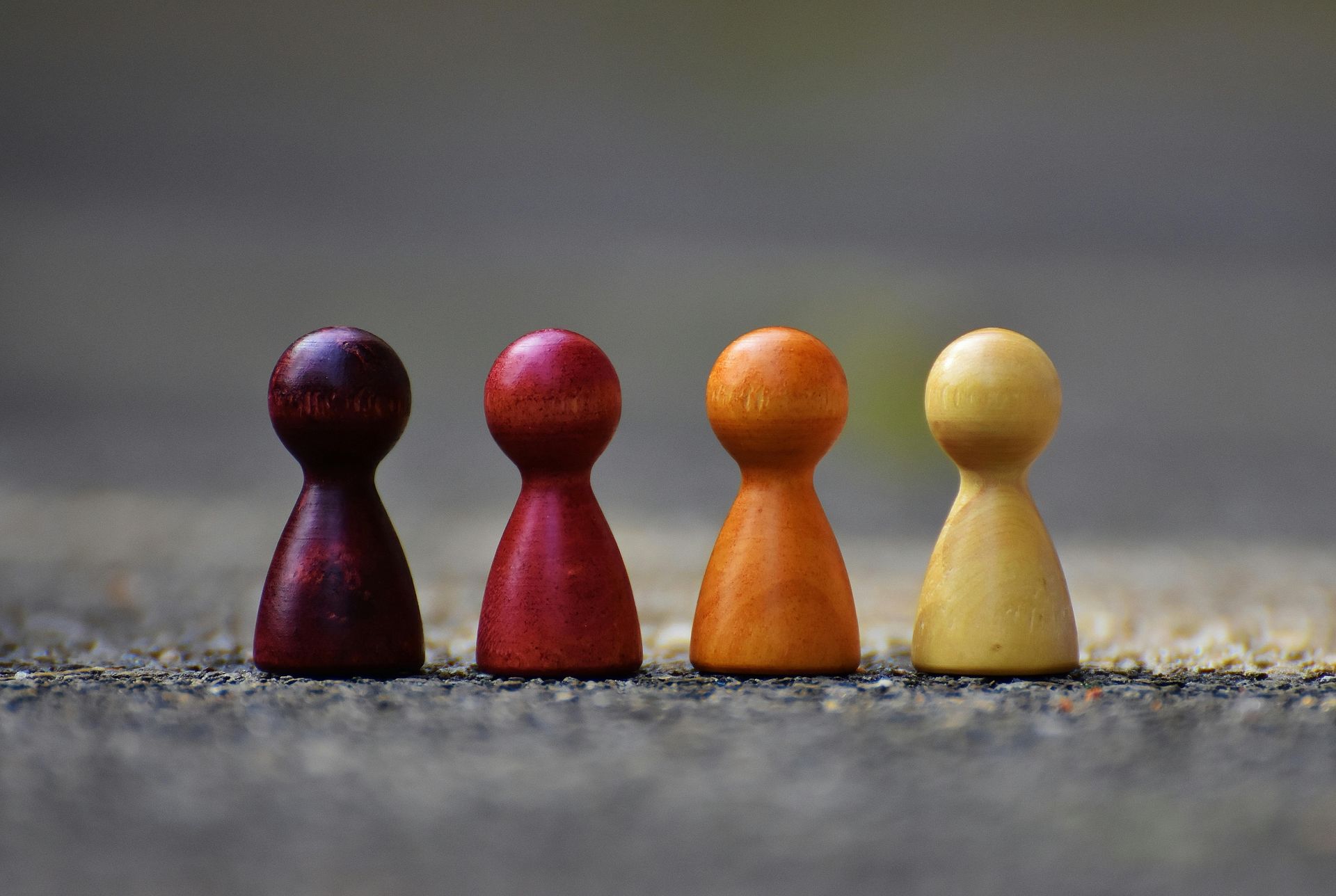
At GIS Pre-Primary we follow the Reggio Emilia approach, and we believe that learning flourishes through collaboration among educators, learners, and families. Our environment is designed to spark curiosity, creativity, and meaningful connections. Central to our philosophy is the idea that parents are not just supporters of education but active partners in the learning journey. 1 . Open Communication We prioritize clear and consistent communication. Each term begins with a newsletter outlining key calendar events, followed by timely WhatsApp reminders to keep families informed. Monthly class overviews help parents stay engaged with their child’s learning, identify areas needing support, and collaborate with teachers before new topics are introduced. 2. Meaningful Parent Engagement We actively invite parents into the classroom to observe and participate in hands-on learning experiences. Celebrations like Father’s Day and Mother’s Day are honored, while events such as Sports Day offer opportunities for parents to join in the fun. When children see their parents involved, it reinforces a sense of encouragement and shared purpose, sending a powerful message that their education is deeply valued. 3 . Supporting Home Learning Learning does not stop at the school gate. Through weekend projects and real-world experiences, like gardening, baking, or museum visits, parents help children explore their world. Learners document these moments through photos and videos, fostering reflection, independence, and self-motivation. Watching themselves and their peers engaged in discovery empowers children to take ownership of their growth. 4. Celebrating an Inclusive Community At GIS, we proudly celebrate the diversity of our school community by hosting a range of events at varied times, ensuring that everyone can participate and feel included. Our Family Fun Day is a vibrant example of this, bringing together families from all walks of life to share in the rich cultural heritage, diverse experiences, and unique perspectives that make our school so special. These events not only foster a sense of belonging and connection among families but also create a warm and inclusive environment that welcomes and values every individual. Strong parent–teacher partnerships are the foundation of a thriving learning environment. At GIS, we’re committed to nurturing these connections, ensuring that every child is supported, inspired, and surrounded by a community that believes in their potential.
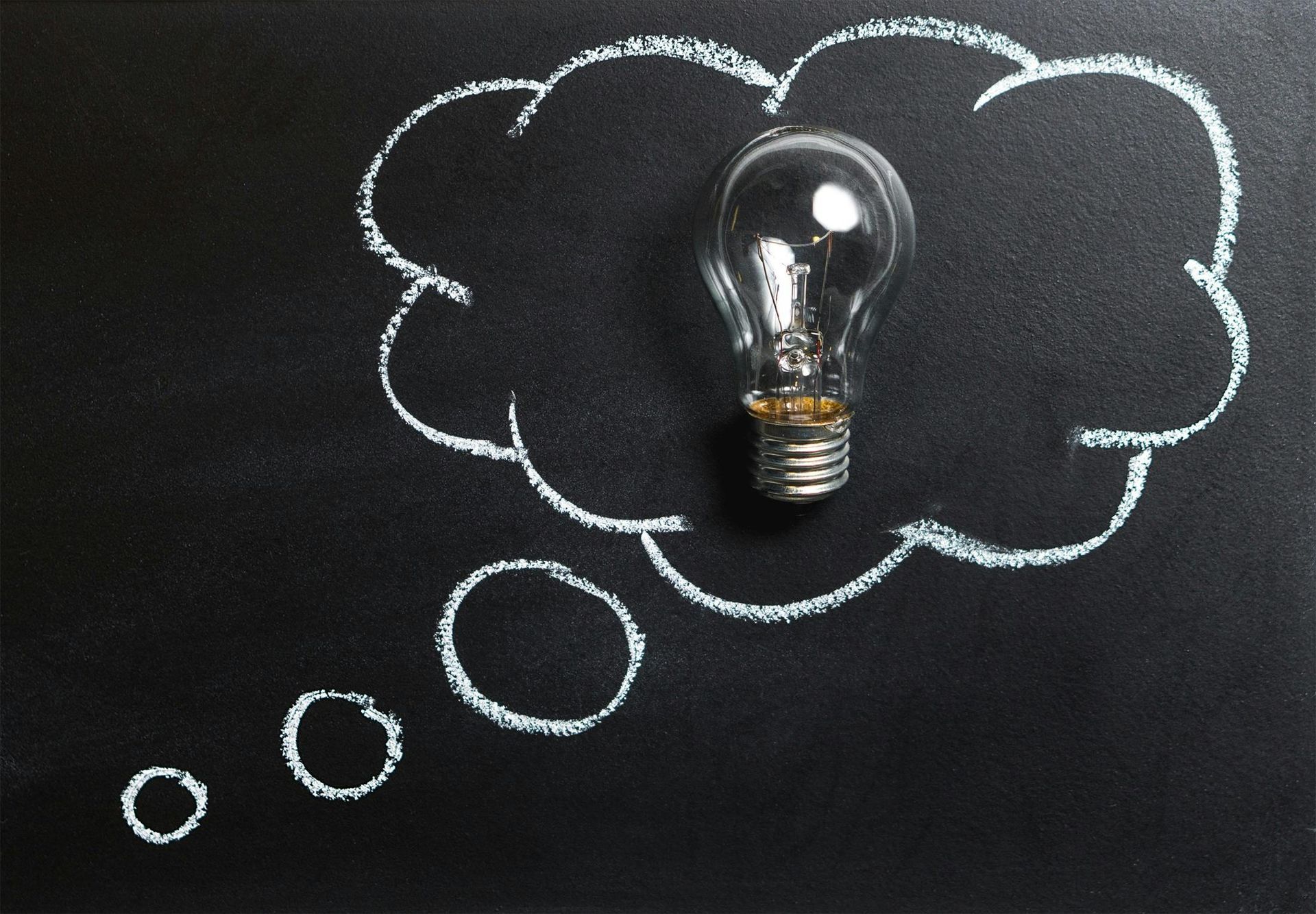
Visual Art at Gaborone International School encourages creativity, critical thinking, and communication skills, while also boosting mental health and well-being of students. Visual Art skills are transferable to diverse subjects like mathematics, Science, English and Setswana (writing, poetry and storytelling). Below are the special areas that Visual art help learners develop. Creativity and Innovation Engaging in visual Art project encourages creative thinking and exploration. Learners in visual Art class often experiment with different materials, techniques, and concepts, fostering an innovative mindset that can be applied to problem-solving in various subjects. In Gaborone International School, upper primary classes recycle materials around the school premises to design various art pieces like texture painting, 3D and relief sculptures. Critical Thinking Analysing and interpreting visual Art requires critical thinking skills. When we embark in any project, learners carry out a research and brainstorm their findings. This is a crucial process which brings about differentiation, thus having our own unique style and technique to develop what has been done before. This process enlightens learners to evaluate their work and the work of others, assessing what works and what doesn’t, which parallels the evaluative processes in problem-solving. This can be attested by what Std 5 discovered in their painting project where their painting colour effect began during the priming stage to give a wash effect to the painting. Perspective Taking Our learners are trained to be neutral when analysing or passing a judgement of visual art pieces, this encourages individuals to see things from multiple perspectives. This ability to view a problem from different angles both individual and group work lead to more comprehensive solutions and ideas are generated from sober judgement and analysing. Visualization Skills Learners develop strong visualization skills which are crucial in problem-solving. Before an imaginative artwork is brought into visibility, learners visualise their composition in its various perspective, in our imaginative drawing class, learners write a script about their art piece before they start working on it. Being able to envision potential outcomes and scenarios helps in planning and executing solutions effectively. Tolerance and endurance The process of creating art often involves trial and error. A work of painting begins with what seems like chaos. It’s all part of the creative process. Our leaners are trained to keep in mind that the initial mess is a point in the journey —it’s not the finish line. This teaches patience and the importance of endurance, qualities that are essential in overcoming challenges in problem-solving. Collaboration Group work in our Visual Art class is important because it fosters interactive learning, promotes the development of essential skills, and encourages deeper understanding of the subject matter. The difference between one artist from another is their application, style and detailing. When students work in a group, it allows them to learn from each other, share diverse perspectives, and practice collaborative skills crucial for project success. Our painting final pieces were of greater value because it was a collaborative work where leaners focused on their expert areas. Those who are good with visual sketching brought object form into the canvas while those who master the colour wheel merged colours, and the brush stroke brought the vision into reality. FACTS ABOUT VISUAL ART AT GABORONE INTERNATIONAL SCHOOL Science lessons at Gaborone International School use visual art to communicate complex ideas. Visualization techniques help in data representation, making scientific concepts more accessible. Art also plays a role in scientific observation and experimentation. In a multi-cultural school like Gaborone International School, Visual Art class highlights the awareness of Respect Diversity and Inclusion (RDI) to learners, it exposes students to different cultures and perspectives, fostering global awareness and appreciation for diversity. Visual Art classes improve learners emotional and social skills. Majority of learners express their emotions and thoughts though their works of Art.
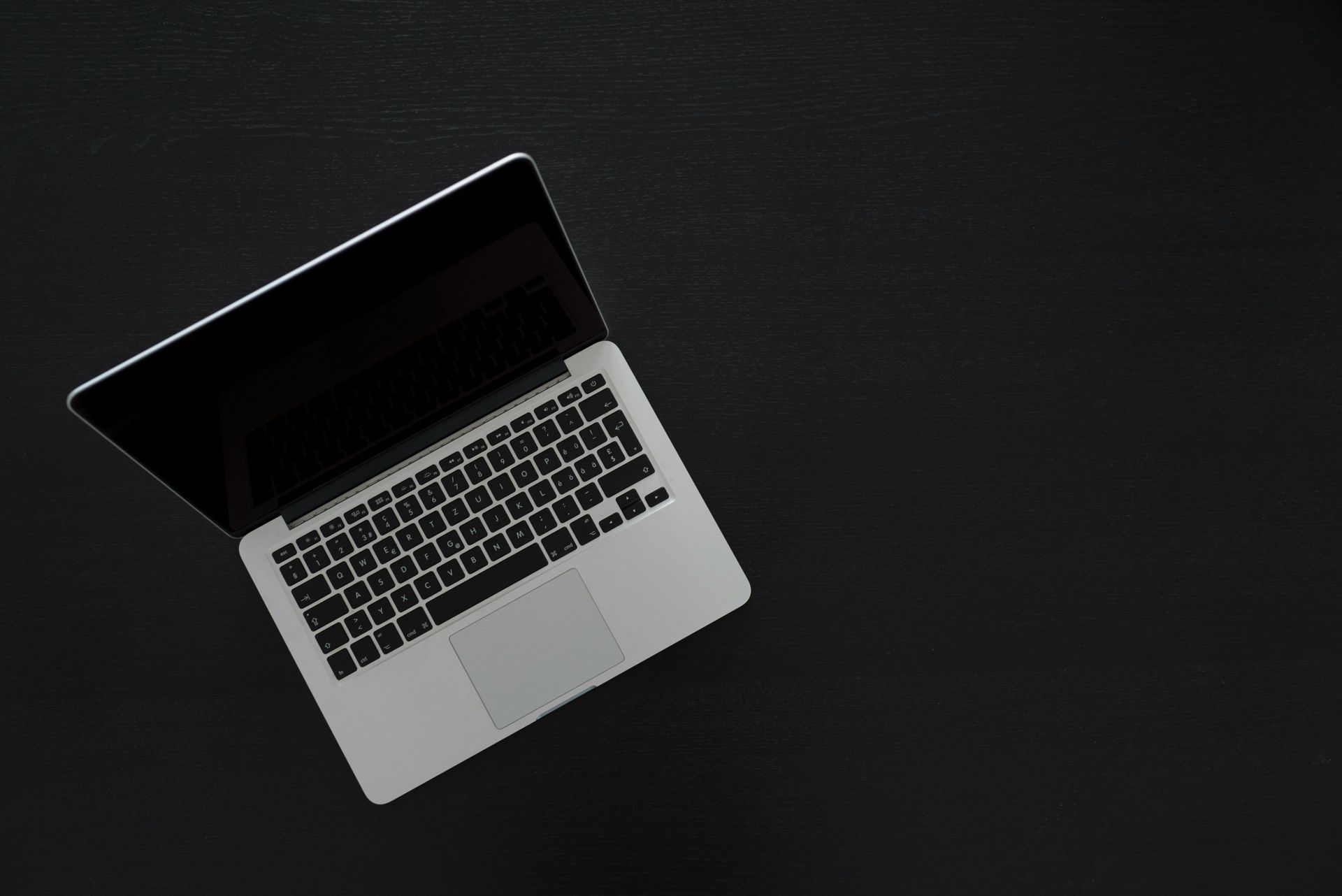
It is undeniable that AI in education, even though still in relative infancy, has a multiplier effect on student outcomes. An overview of the substantial impact of individualised learning on student performance over the past few years, combined with an insight into daily advances in real life, has the potential to raise concern about the role of human educators in classrooms. Are teachers becoming obsolete? Not quite. While it is true that AI’s role is growing by the day, it is in fact not replacing teachers, but rather changing the role of teachers, an education expert says. “We have, over the past 3 years, seen a 20% improvement in student performance, with AI and individualised learning having become the order of the day,” says Desiree Hugo, Academic Head at ADvTECH Schools. AI in education isn’t a case of students having access to ChatGPT – it is a vastly more considered strategy leveraging proprietary tools and platforms. ADvTECH’s ADvLEARN Intelligent Tutoring System is a prime example, utilising AI to craft individualised learning paths that allow students to advance at their own speed. This system empowers data-guided instruction while fostering independent learning across various subjects. “Adaptive learning technologies leverage data-driven analysis to personalise educational content, pacing, and assessments based on each student's unique needs. These solutions, which include intelligent tutoring systems and learning management platforms, enable educators to tailor instruction efficiently without increasing their workload, when integrated effectively,” says Hugo. “For students, this creates a customised, engaging, and encouraging experience, whether they’re building core skills or exploring complex topics. For educators, it delivers real-time insights to refine teaching approaches, ensuring all students achieve progress.” AI systems are fast moving in the direction of students being able to learn completely independently, which then raises the question – what about the teachers? Will in-person schools still be a thing? Or will future learning consist of young people working alone, in front of their screens? “Adopting best international practices in AI implementation is critical to staying at the forefront of educational excellence. However, the narrative around AI in education must be clear: AI is a powerful tool to support, not replace, teachers,” says Hugo. “The human element in teaching, in particular empathy, creativity, and mentorship, remains irreplaceable, and AI’s role is to enhance these supportive opportunities, ensuring teachers remain central to the learning experience, while time-consuming repetitive tasks become the domain of AI.” The integration of AI into education really is a best-case scenario, allowing overworked teachers to get back to their unique strengths, Hugo says. WHY TEACHERS WILL REMAIN AN IMPORTANT PART OF THE EDUCATIONAL LANDSCAPE While AI excels at processing data and delivering personalised content, it lacks the human qualities that ensures an exceptional, holistic education. In the age of AI, the role of teachers will remain important in the following areas: Emotional connection and empathy - Learning is deeply human, driven by relationships. Teachers understand students’ emotional needs, motivate them through challenges, and celebrate their successes. No algorithm can replicate the encouragement of a teacher who notices a student’s potential or the trust built through years of mentorship. Fostering creativity and critical thinking - AI can provide information, but teachers guide students to question, innovate, and think critically. In a world increasingly shaped by AI, skills like ethical reasoning, collaboration, and creative problem-solving, nurtured by teachers, are essential. Curricula, like the IEB, IB and Cambridge systems, emphasize these skills, and ADvTECH’s commitment to global standards positions its teachers as key drivers of this development. Cultural and contextual nuance - South Africa’s diverse educational landscape requires teachers who understand local contexts, languages, and cultural dynamics. Teachers bridge the gap between AI and real-life context, ensuring learning is relevant and inclusive. “The fear that AI will replace teachers stems from a misunderstanding of its purpose, combined with the stunning realisation of its ability to improve student outcomes. But AI is not a substitute for human connection. Rather, it is a catalyst for unlocking teacher potential. It empowers teachers to do what they do best: inspire, guide, and transform lives. “Imagine a classroom where AI handles repetitive tasks, provides real-time student insights, and suggests tailored resources, while the teacher focuses on sparking debates, nurturing talents, and building confidence. This is the future that educational institutions must champion - a future where technology supports human excellence, not replaces it.”
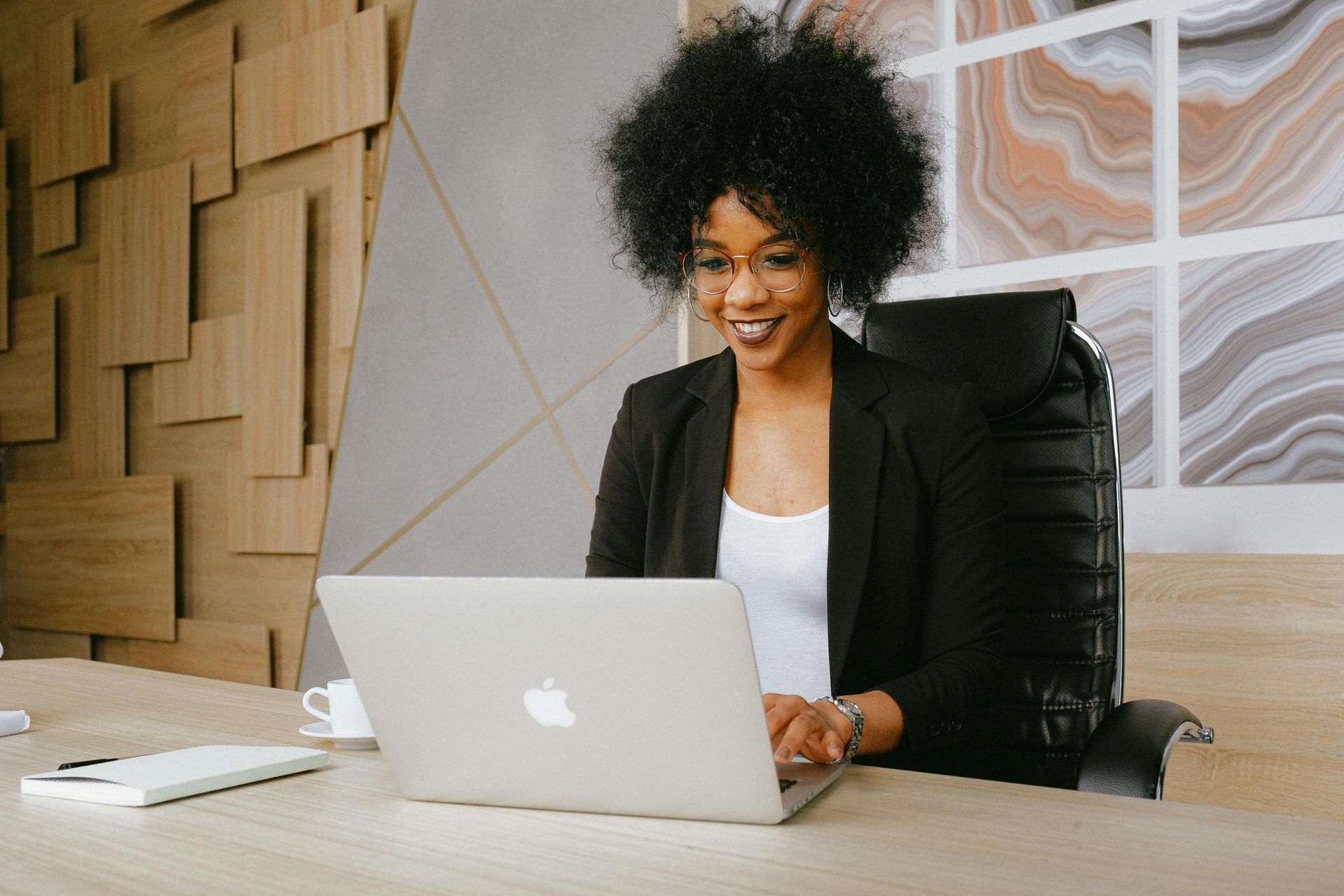
“What do you want to be when you grow up?” It’s a question filled with imagination, ”Doctor!” “Astronaut!” “Pilot!” But as learners grow, the question demands more than dreams. At GIS, we believe choosing a career should be guided by reflection, purpose, and our values of Generosity, Integrity, Self-Discipline as well as Innovation, Diversity and Excellence! COGNITIVE ABILITY – EXCELLENCE Is your child ready, academically and mentally, for the career they’re considering? Professions such as medicine, engineering or aviation require strong abilities in subjects like Mathematics and Science. Encouraging careers where they can thrive, not just survive, helps them avoid overwhelm and anxiety. INTEREST – INNOVATION Do they enjoy what they want to do, even on a cold morning? Passion fuels perseverance. A budding lawyer should love reading. A future psychologist should be curious about how people think and feel. Interest keeps motivation alive when challenges arise. PERSONALITY – DIVERSITY Not every career suits every personality. Are they introverted or outgoing? If they are not instinctively confrontational and argumentative, is the legal profession the way to go? Shy students might struggle in performance arts, while reserved personalities may not enjoy sales or law. Their personality helps find the right fit, not the hardest fight. VALUES – INTEGRITY & GENEROSITY What truly matters to them—family, status, impact, balance? If its family they value, then they should choose a career that will not keep them away from their family A values-aligned career brings long-term fulfilment, not just success. OUR GIS MESSAGE At GIS, we walk beside each student as they explore their future. A career choice is a journey of discovery, not a rush to the finish line.
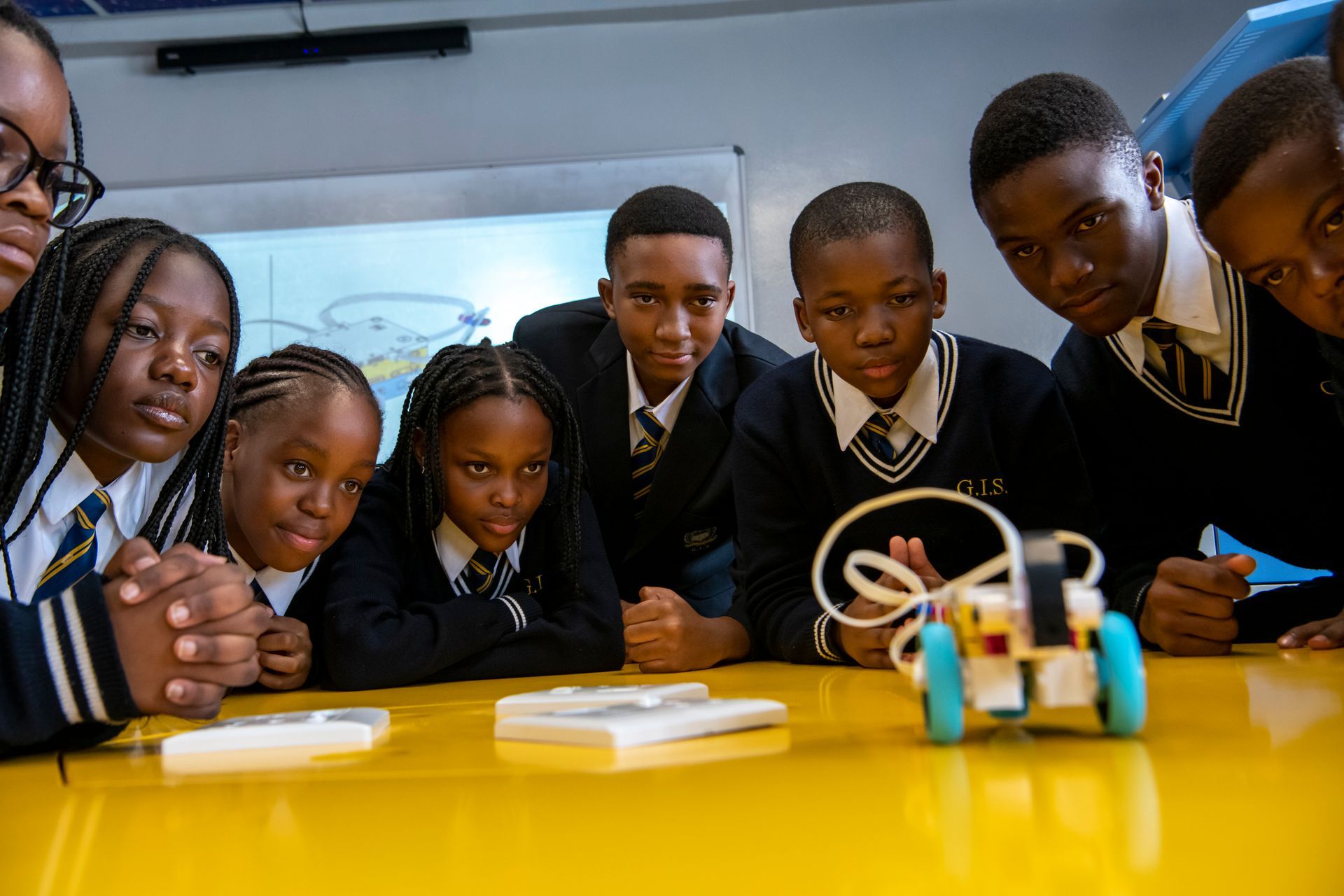
In today’s rapidly advancing digital world, Gaborone International School (GIS) stands at the forefront of innovative education in Botswana. By embracing cutting-edge educational technology, GIS is redefining the traditional classroom and transforming it into a vibrant, collaborative, and interactive learning environment. The integration of digital tools not only enhances academic engagement but also equips students with critical 21st-century skills—collaboration, creativity, communication, and critical thinking. A Vision for Future-Ready Learning At GIS, technology is more than just a teaching aid—it’s an essential part of our educational philosophy. We believe that collaborative learning prepares students for the real world by encouraging them to work in teams, share ideas, and solve problems together. Our school has invested in advanced learning technologies including: Guided Readers ADvLEARN Robotics kits Drones Virtual Reality (VR) headsets These tools create immersive and collaborative experiences that drive both academic success and personal growth. Guided Readers: Enhancing Literacy Through Shared Learning Reading is a foundational skill, and GIS promotes it through the use of Guided Readers, a digital platform offering leveled reading resources tailored to individual learners. This interactive tool transforms reading into a collaborative experience, allowing students to: Participate in paired reading sessions Engage in group discussions Conduct peer assessments This social approach to literacy encourages students to listen attentively, express their ideas clearly, and understand different perspectives. Teachers can monitor progress in real-time, offer personalized feedback, and adapt instruction to meet each student’s needs. The result is a classroom where reading is not only accessible and inclusive, but also dynamic and engaging. ADvLEARN and Personalized Collaboration GIS integrates ADvLEARN, an intelligent learning platform that adapts to each student’s academic progress. While the platform is tailored to individual learners, it also supports group learning through shared tasks, feedback loops, and performance tracking. Students collaborate on assignments, explain concepts to peers, and build their understanding through guided interactions—making learning both personalized and participatory. STEM Innovation: Robotics, Drones, and VR Technology-fueled group projects in STEM (Science, Technology, Engineering, and Mathematics) at GIS provide powerful platforms for collaboration: Robotics kits inspire teamwork and innovation, as students design, build, and program robots in small teams. Drone programming encourages students to apply theoretical knowledge in real-world applications while working together on navigation challenges. VR headsets immerse learners in virtual environments, where exploration and group problem-solving make subjects like history, biology, and geography come alive. These hands-on experiences foster creativity, logical reasoning, and digital literacy—skills essential for future careers in a tech-driven world. Why Collaborative Learning Matters at GIS GIS is committed to holistic education that balances academic achievement with character development. Collaborative learning: Builds self-confidence and leadership Encourages empathy and respect for diverse viewpoints Prepares students for team-oriented workplaces Strengthens communication and interpersonal skills By working together on tech-integrated tasks, students at GIS become not only better learners but also global citizens who are ready to thrive in a connected world. Conclusion: Technology Meets Teamwork at GIS At Gaborone International School, our approach to learning is rooted in innovation, inclusivity, and student empowerment. By combining state-of-the-art technology with a strong emphasis on collaboration, GIS offers a dynamic educational experience that develops both minds and character. Through platforms like Guided Readers and ADvLEARN, and interactive tools such as robotics and VR, students at GIS are gaining the skills they need to excel academically and lead confidently in the future. Explore how GIS is shaping future leaders—where technology meets collaboration, and excellence begins.
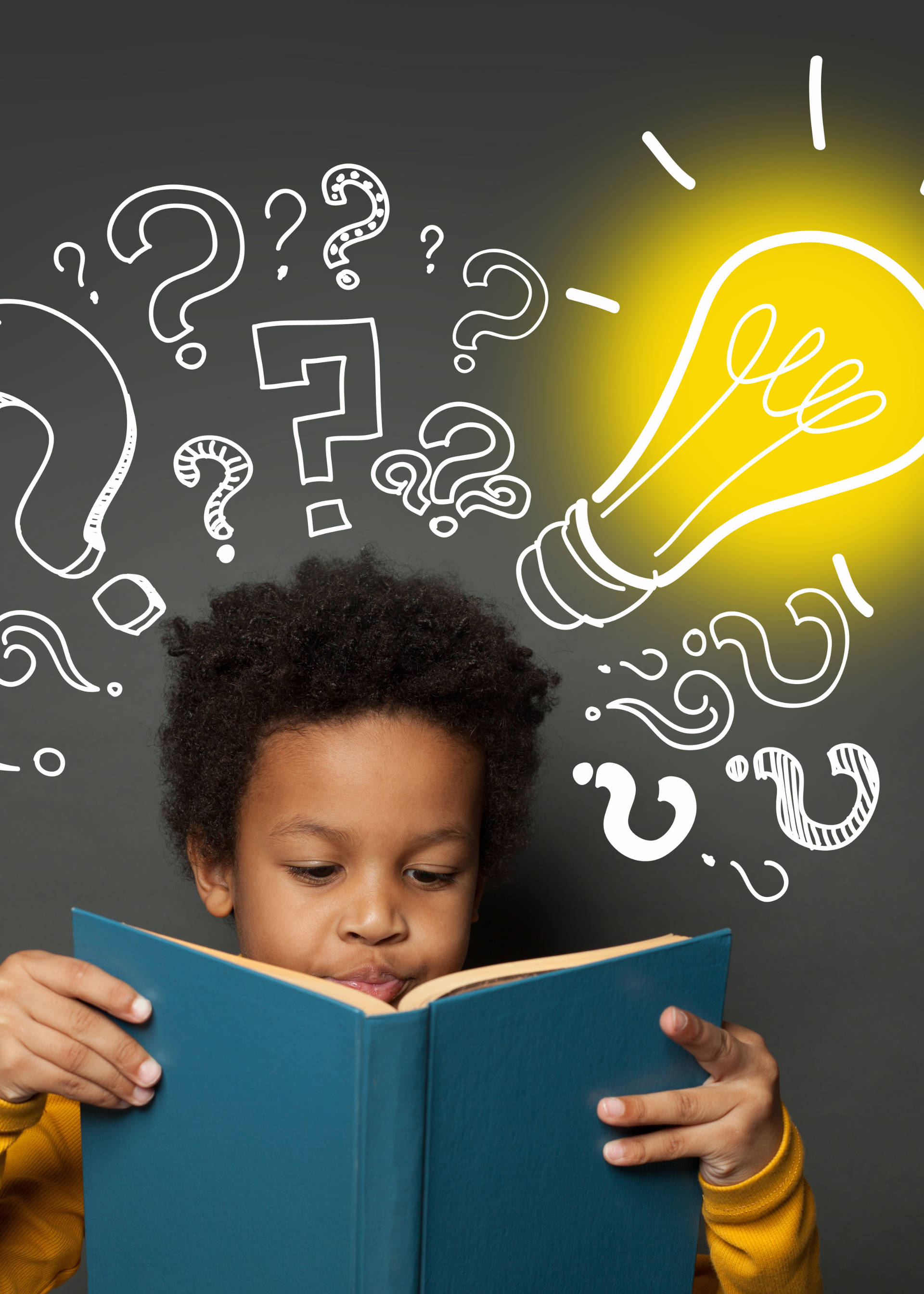
In today's educational environment, family involvement is essential for helping preschoolers succeed and develop a positive attitude toward learning. When families actively participate in their children's education, students perform better and feel more motivated. This partnership between home and school creates a supportive atmosphere, encouraging children to embrace challenges and strive for excellence. The Importance of Family Involvement Family support plays a vital role in shaping learning outcomes and building young children’s confidence. Engaging in home learning promotes collaboration and strengthens understanding. When parents show interest and offer support, children feel more capable and are motivated to tackle new tasks. This fosters a growth mindset, where effort and persistence are valued. Active family involvement also builds strong learning habits. Children with engaged parents are more likely to develop organizational skills and a love for learning, setting the stage for long-term academic success. Creating a Conducive Learning Environment A calm, organized space supports preschoolers’ focus and consistency. Families can help by: Designating a learning area that signals it's time to focus. Ensuring good lighting and minimizing distractions like noise or electronics. Organizing supplies (e.g., crayons, books) to reduce clutter. Establishing a routine that matches children’s natural focus times. Personalizing the space to give children a sense of ownership. These strategies help children associate home learning with structure and enjoyment Routine and Structure at Home Consistent routines are key to effective learning. They: Improve focus and time management. Reduce stress through clear expectations. Support balance between learning, rest, and play. Create regular moments for family interaction, such as joint learning tasks or sharing progress. Help children internalize responsibility and manage their schedules independently. Encouraging Independence Helping children develop independence builds self-confidence and resilience. Parents can: Set clear goals and expectations. Prompt problem-solving through open-ended questions. Offer age-appropriate tools (e.g., books or visual aids). Adjust support based on each child’s learning style and pace. Celebrate small achievements to boost motivation. A balance of guidance and autonomy prepares children for self-directed learning. Communication with Teachers Regular parent-teacher communication strengthens learning at home. It enables: Clarity about academic goals and expectations. Timely feedback to monitor progress and address challenges. Sharing of helpful resources. A unified support system between home and school. These efforts create a stronger learning network around each child. Positive Reinforcement Motivation grows when children are encouraged in healthy ways. Strategies include: Praising effort and persistence. Using simple reward systems, like sticker charts, to make learning engaging. Showing excitement and interest in their progress. Such reinforcement builds confidence without creating pressure. Home-Based Learning at GIS Preschool At GIS Preschool, in line with our brand ladder promise to deliver strong academic outcomes, we fully understand that learning is not confined to the classroom. We provide age-appropriate homework to all our learners and, fortnightly, send home hands-on activities with step-by-step guides aligned to weekly themes. These not only reinforce classroom learning but also give parents a chance to actively participate in their child’s educational journey. Each week, we receive joyful videos of children collaborating with their parents on these activities an inspiring reflection of the home-school partnership we value deeply. Managing Challenges at Home When learning becomes stressful, consider these tips: Identify triggers that cause resistance or frustration. Create a calm space to promote focus. Introduce short breaks during learning to maintain attention. These small adjustments can reduce stress and support positive learning experiences. Final Thoughts Building a supportive home learning environment helps children grow into confident, independent learners. Through clear routines, regular communication, active participation, and encouragement, families lay the foundation for lifelong learning habits that extend well beyond preschool. GIS Preschool Department
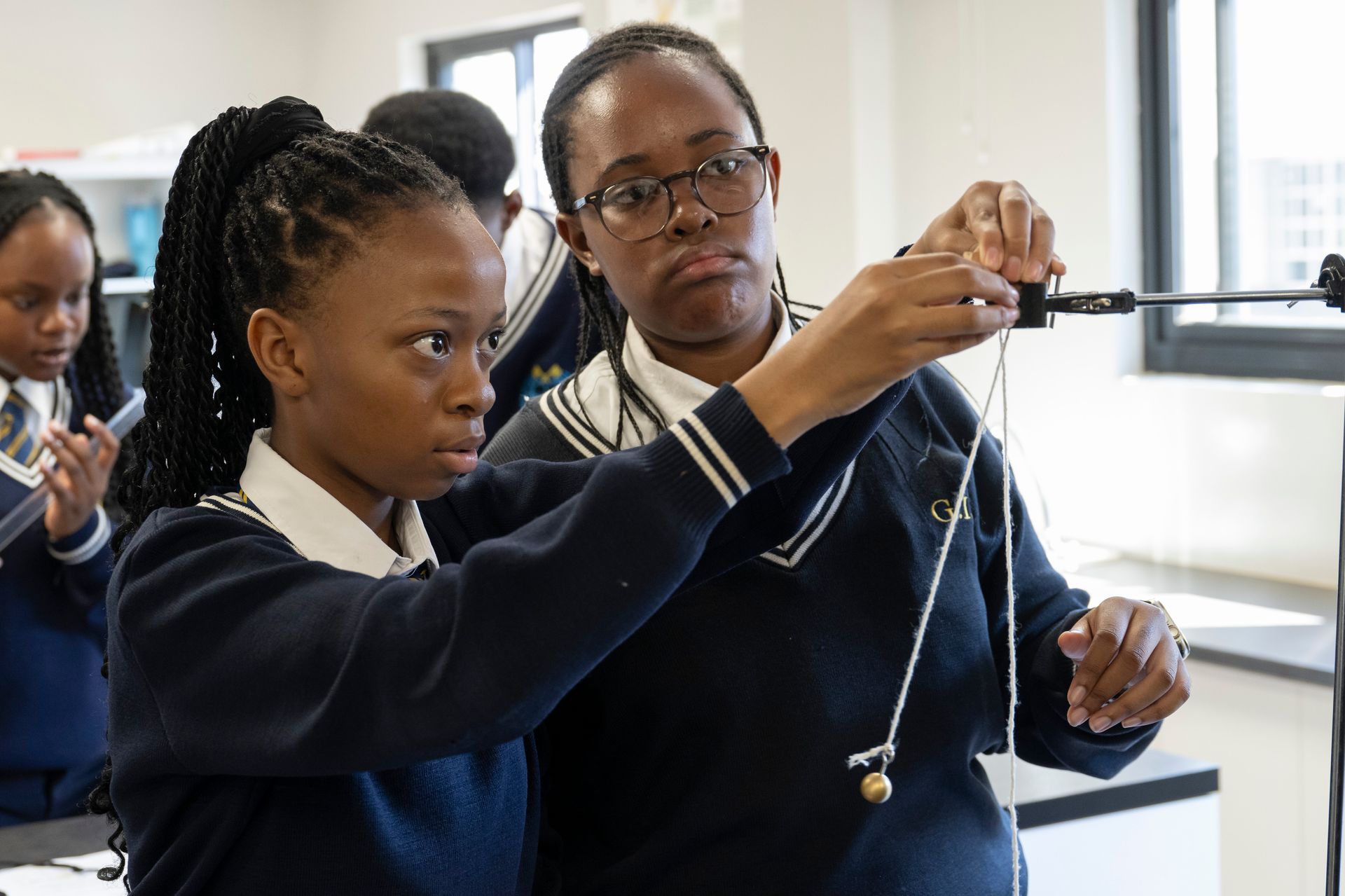
As educational approaches continue to evolve, peer collaboration remains a powerful and proven strategy for preparing students for success in the 21st century. At Gaborone International School (GIS), we are committed to fostering innovative learning environments that promote academic excellence, and peer collaboration has become a cornerstone of this mission. This article explores what peer collaboration is, outlines its many benefits, showcases practical examples at GIS, and offers effective strategies for implementation. What is Peer Collaboration? Peer collaboration involves students working together—often in pairs or small groups—to complete academic tasks, solve problems, give and receive feedback, and support each other’s learning journeys. This learner-centered approach encourages students to share ideas, teach one another, and work toward shared goals, often with greater enjoyment and effectiveness than traditional teacher-led methods. 10 Benefits of Peer Collaboration At GIS, we believe in empowering our students to take an active role in their learning. Here are ten key benefits of implementing peer collaboration in the classroom: 1. Greater Ownership of Learning Students become responsible for their own learning. They take initiative, set goals, and monitor both their own and their peers’ progress—becoming active agents of their academic journey. 2. Reduced Unhealthy Competition Instead of pitting students against each other, peer collaboration encourages teamwork. At GIS, group projects are assessed as part of our formative assessments, showing students that collaboration is just as important as individual performance. 3. Improved Knowledge Sharing Through discussions and brainstorming, even struggling learners can enhance their understanding, supported by the collective intelligence of the group. 4. Development of Key Skills Students develop essential 21st-century skills such as communication, creativity, cooperation, teamwork, and critical thinking. 5. Enhanced Thought Processes Working with diverse and high-achieving peers positively influences students’ attitudes, motivation, and work ethic. 6. Boosted Confidence Regular opportunities to speak and present in small groups build students’ self-esteem, reduce shyness, and improve public speaking skills. 7. Broader Perspectives Collaborating with peers fosters empathy, inclusion, and appreciation of different viewpoints—key to nurturing culturally aware and globally minded citizens. 8. Real-Life Readiness Peer collaboration mirrors workplace dynamics, helping students prepare for future roles in professional, family, and community settings. 9. Deeper Understanding Explaining concepts to peers reinforces the speaker’s own understanding, leading to improved academic performance. 10. Social Competence Through collaboration, students develop stronger interpersonal skills, build friendships, and cultivate a sense of belonging. Peer Collaboration in Action at GIS At GIS, we integrate peer collaboration into many academic and co-curricular activities. Some examples include: LINKZ: An annual interschool event held at a local university, where student teams prepare for competitions in: Quiz Debate Database Design Accounting Hospitality Robotics GIS has proudly earned medals in many of these categories. Clubs and Group Activities: Study Groups Debate Club Public Speaking Writers’ Group Robotics Role-Playing (especially in IGCSE English) Project-Based Learning Environmental Awareness Campaigns Moot Court Student-Led Conferences Portfolio Development Interschool Exam Prep Seminars These activities develop students’ cognitive, social, emotional, and personal growth—equipping them for academic excellence and global citizenship. Implementation Strategies for Peer Collaboration To successfully embed peer collaboration in a school setting, the following strategies are essential: 1. Positive Interdependence Design tasks that are challenging and engaging enough to require collaboration. Each student must contribute meaningfully for the group to succeed. 2. Team Preparation Assign group members thoughtfully. Teach students how to work together, build mutual trust, and value diverse contributions. 3. Minimize Group Loafing Avoid situations where one student does all the work. Keep groups small and assign individual roles to ensure accountability. 4. Teachers as Facilitators Teachers must monitor group dynamics, ensure discipline, and guide interactions to maintain structure and effectiveness. 5. Socratic Seminars In these student-led discussions, learners ask questions, share ideas, elaborate on concepts, and engage in critical thinking—promoting deeper understanding and dialogue. 6. The Listening Triangle In groups of three, students rotate as: Speaker – explains a topic, Questioner – probes for deeper insight, Note-taker – records key points. Each student cycles through all roles to build a range of communication skills. 7. Project-Based Learning (PBL) Students tackle real-world problems through collaborative projects in subjects like Science, English, Geography, and Technology—making learning more meaningful and engaging. Conclusion: Building a Culture of Collaboration at GIS At GIS, we believe that collaboration is more than just a teaching strategy—it is a culture. By promoting open communication, teamwork, and accountability, we empower students to take ownership of their learning and contribute meaningfully to group success. This peer-driven model not only leads to academic excellence but also supports holistic development, preparing our learners to be confident, empathetic, and globally competitive individuals. Through peer collaboration, GIS continues to rise as a leader in innovative education in Southern Africa. Compiled by: Mavis Sithole Gaborone International School (GIS)
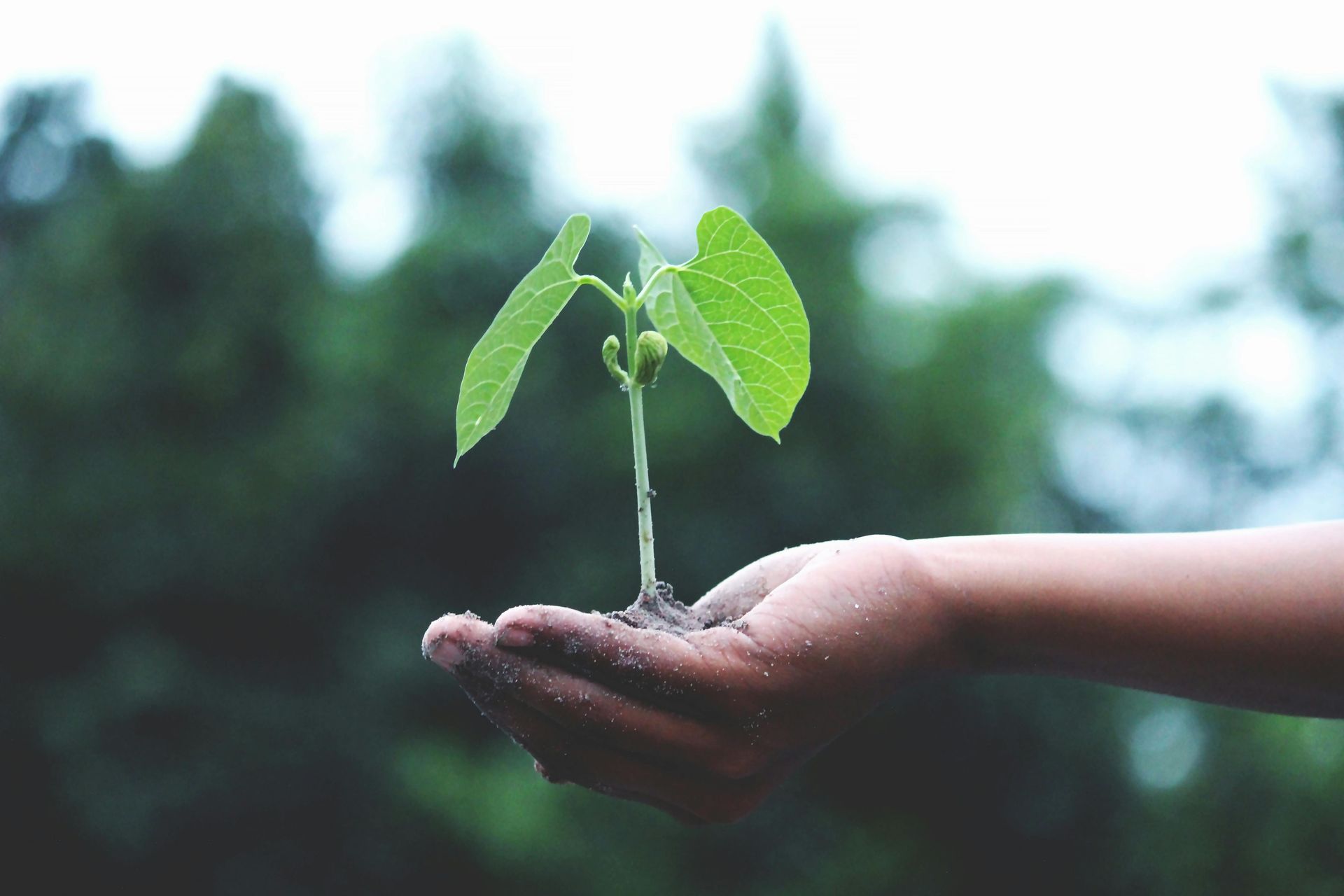
At GIS, learning goes beyond textbooks—it shapes the whole child. Clubs and co-curricular activities play a vital role in developing confident, curious, and capable students. Few are as transformative as the Debate Club, which equips learners with essential life skills while offering a space for personal growth and discovery. Debate Club gives students powerful exposure to diverse perspectives. Whether working with peers across year groups or engaging with students from other schools, these moments build empathy, adaptability, and communication skills—qualities that serve them long after school. But debate is about more than arguing opposing views. It’s a rigorous yet supportive environment where students learn to think on their feet, research thoroughly, and communicate with clarity. For many, it begins with hesitation. That’s why our club introduces new members through informal discussions and mock debates. These non-competitive sessions provide a safe space to learn structure, build confidence, and grow at their own pace. The first real test came at Maru-a-Pula School. Though they didn’t win, the experience was formative. Students learned how to source information properly, evaluate claims critically, and present arguments grounded in logic and evidence. They also strengthened their media literacy—developing the discernment to separate fact from misinformation in today’s digital world. These habits extend beyond debating. In the classroom and beyond, students become more intentional, articulate, and resilient. They learn to present clearly, listen actively, and stay composed under pressure. This confidence isn’t built overnight—but the Debate Club lays the foundation. Importantly, they also learned to lose well. Just a week after their initial loss, the team competed again—this time at Westwood International School. The challenge: present a business proposal to a panel of judges. Drawing on everything they had learned, the team walked away with a well-deserved win: Best Speaker in the Business Pitch category, and 1st Place overall . But more valuable than the trophy was what the moment represented—growth, teamwork, and resilience in action. What Our Debaters Say “Debate at GIS is about more than just public speaking,” says Nicole Cole, a Form 3 learner. “It helps you become more confident, informed, and ready to lead. Whether you're debating in class or on stage, you learn to think critically, express ideas clearly, and listen respectfully. It’s an experience that stays with you.” Club captain and Best Speaker winner Neelo Tshimologo, also in Form 3, shares: “I didn’t start debate with confidence. It built over time—through mistakes, learning, and just showing up. Now, I speak in class without overthinking. I contribute in group work. I work better with people, even adults. Debate taught me to listen properly, not just wait to speak. That’s helped in real life too. Even my writing improved. I now build strong arguments, use evidence correctly, and my teachers have noticed the difference—especially in English and History. Honestly, debate didn’t just teach me how to argue—it helped me communicate, stay calm, and show up with confidence, even when I felt unsure.” Thanks to the support of highly qualified staff and the commitment of students, Debate Club continues to grow in numbers and impact. It’s one of many ways GIS enriches learning beyond the classroom—bridging academic content from the Cambridge curriculum with real-world application. As part of the ADvTECH group, GIS students benefit from world-class opportunities in a multicultural, well-resourced environment. Clubs like Debate reflect our commitment to developing confident, articulate leaders—ready to succeed anywhere. Students who step into Debate Club may start unsure—but they leave empowered.
